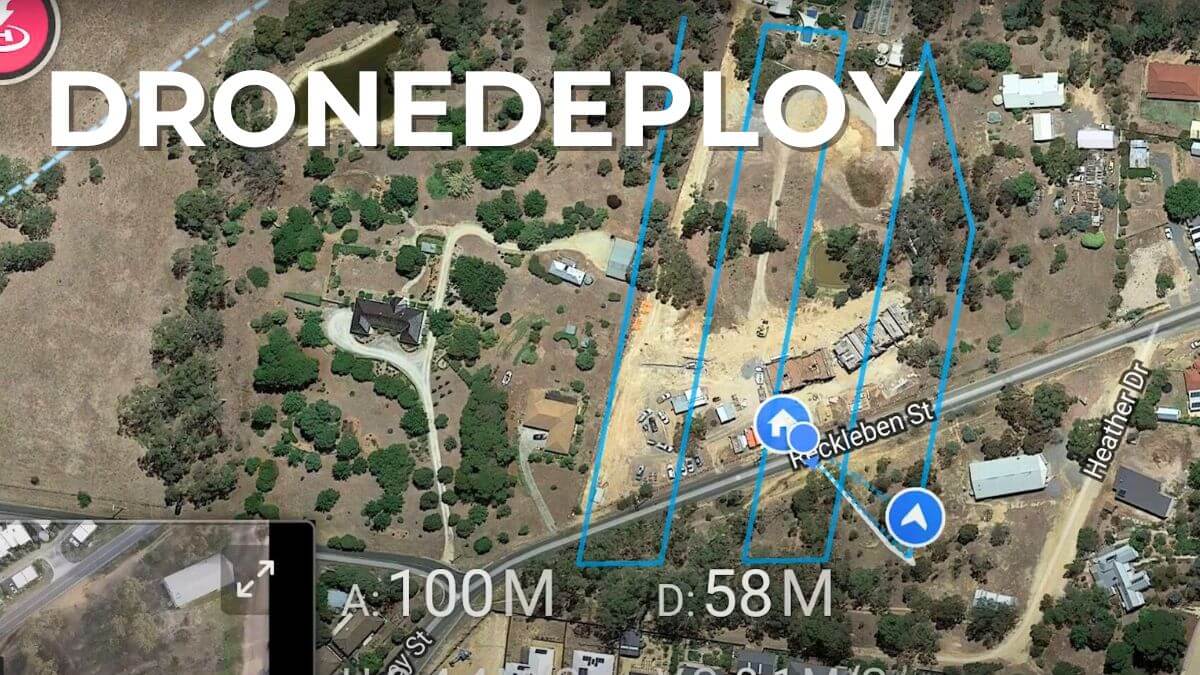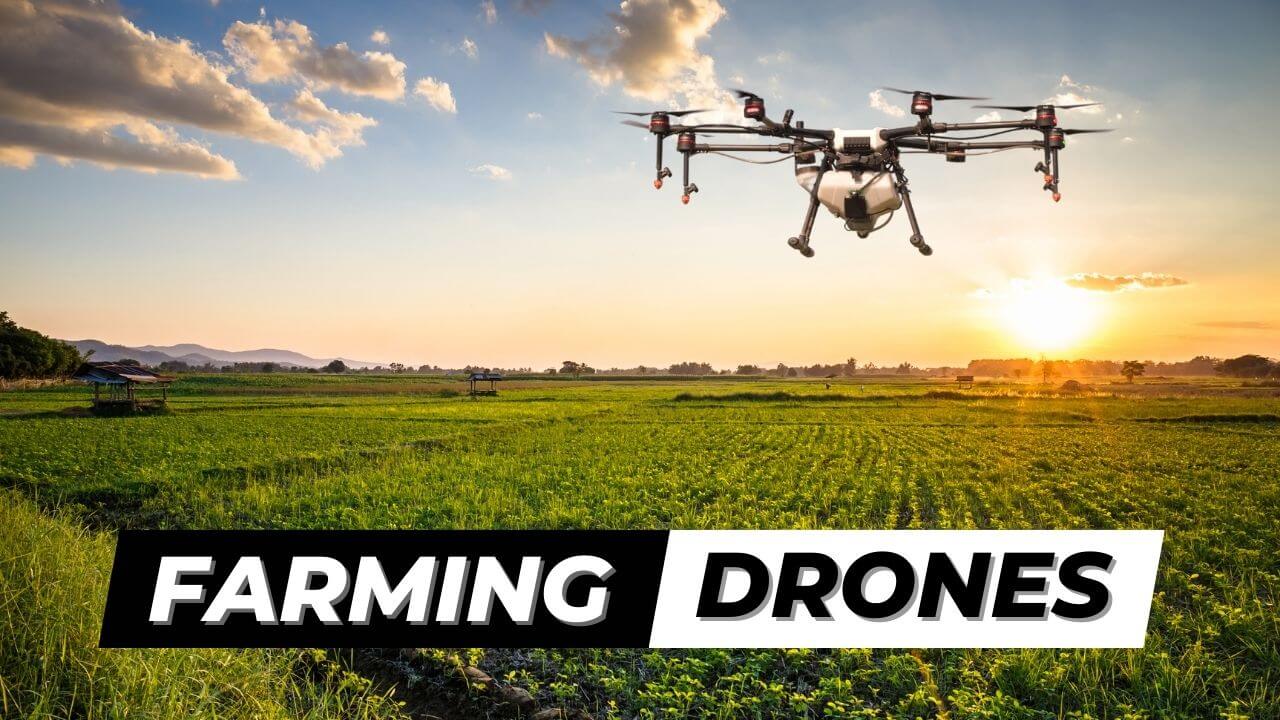So tell me what do you think about Remote ID for drones? Remote ID for drones is coming sooner than you think to Australia. Remote ID was set up to enhance safety and security and increase the integration of drones into airspace systems.
- Watch on Bendigo Aerial YouTube
- Watch on Bendigo Aerial TikTok
- Watch on Bendigo Aerial Instagram
- Official Social Media Links
What is Remote ID for Drones?
Remote Identification (Remote ID) is technology integrated into drones, providing information about their location and the drone operators controlling them. It enhances accountability, situational awareness, and safe drone integration into airspace systems. Understanding this new technology is vital for drone pilots to navigate the complexities of airspace management.
Remote ID involves a system that communicates key flight and identifying data about a drone to relevant parties. This includes a unique identifier, flight details, ground control station data, drone type and status, and operator information. Its primary functions include increasing situational awareness, preventing collisions, tracking unauthorised drone activity, educating on regulations, and managing drone-related issues.
Types of Remote Identification
There are two primary types of systems: Network-Based Remote Identification (NRID) and Broadcast Only Remote Identification (BRID). NRID transmits data through a network signal to a centralised system, while BRID broadcasts information to nearby users. Australia is a large continent with remote locations and coverage. Both types have benefits and challenges, shaping ongoing discussions on their optimal use.
Users, Uses and Benefits of Remote ID
Stakeholders like commercial drone operators, crewed aircraft users, government agencies, and the public benefit from Remote ID. It enhances situational awareness, tracks non-compliant drone use, educates on regulations, gathers data for development, facilitates airspace approvals, and manages drone-related issues. These benefits emphasise the importance of Remote ID in ensuring safe and efficient drone operations.
Challenges and Ongoing Discussions
Despite its benefits, implementing Remote ID poses challenges like costs, data availability variations, compatibility issues, user experience considerations, network coverage and privacy safeguards. Ongoing discussions focus on identifying risks, outlining implementation options, seeking feedback for regulation, and ensuring alignment with drone pilots’ needs.
Wrap Up!
Remote ID is important for the future of drone operations and airspace management. Engagement from drone operators is crucial in shaping its implementation for the benefit of all. As the skies welcome drones into various commercial and public service applications, Remote Identification ensures safety, accountability and seamless integration into Australian airspace regulations.
So tell me what do you think about it? We invite you to share your thoughts and its potential impact on the hobby of flying drones, drone operations and drone pilots.
Questions?
- Do DJI drones have Remote IDs? DJI recently initiated firmware updates to ensure compliance for most of its newest drone models. Older versions may need an additional add-on module to transmit Remote ID data.
- Difference between Remote ID and ADS-B from FAA – The FAA emphasises that ADS-B enables air traffic control surveillance, while remote ID helps identify drones and their operators for the FAA, law enforcement, and the public.






Leave A Comment